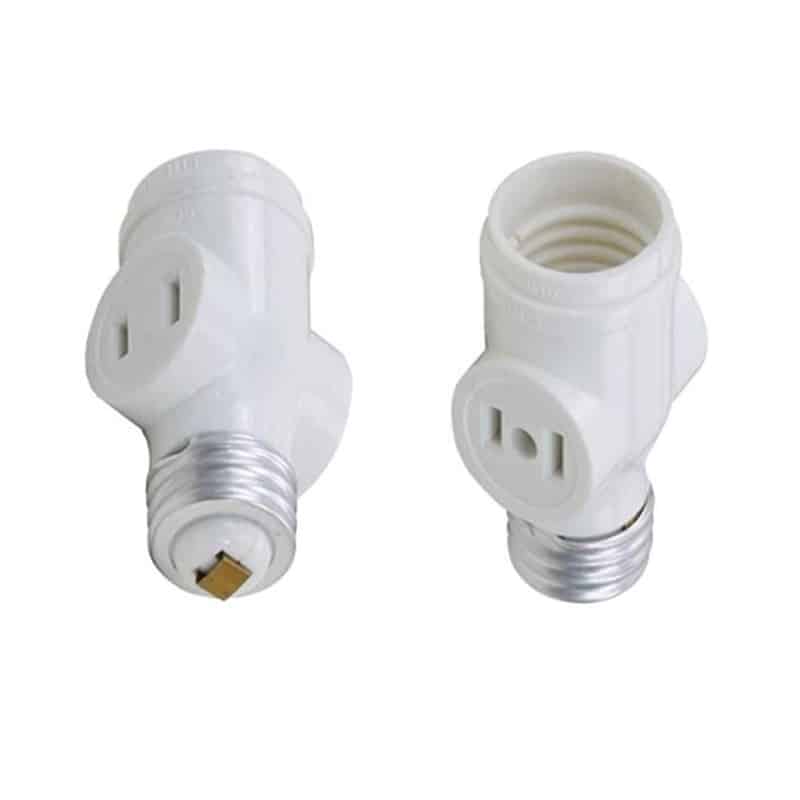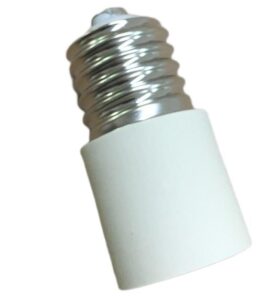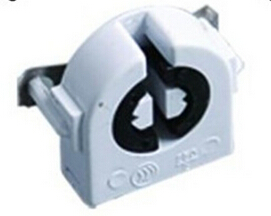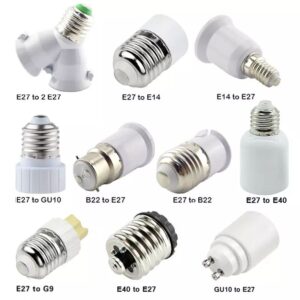Are They Safe and How to Use Them?
You may think it’s convenient to use light socket outlet adapters outside, but are they safe? If you don’t use them correctly, they can cause electrical problems.
Light socket outlet adapters are generally safe to use outdoors if properly installed and used with weatherproof covers. Make sure they have the proper safety certifications and are installed correctly.
Before you use light socket outlet adapters outside, you should understand the safety and how to install them properly.

Are outlet light socket adapters safe?
Outlet light socket adapters are generally safe when used correctly. These adapters allow you to convert a light socket into a power outlet, providing flexibility in areas where additional outlets are needed. However, their safety largely depends on correct usage and installation.
When using these adapters outdoors, it’s essential to choose models that are specifically rated for outdoor use. Outdoor-rated adapters should have features like waterproof or weather-resistant covers to prevent moisture from entering the socket, which can lead to short circuits or fire hazards.
Always ensure the adapter meets safety standards, such as UL certification, to guarantee that it has passed rigorous safety tests. Avoid overloading the adapter by checking the wattage limits and using only low-powered devices.
How to convert a light socket into an outlet?
Converting a light socket into an outlet is a straightforward process with the help of a light socket outlet adapter. These adapters typically screw into the existing light socket, providing a two- or three-prong outlet where you can plug in devices.
To convert the light socket, start by turning off the power to the light fixture at the breaker box. Screw the light socket adapter into the socket, making sure it fits snugly. Once the adapter is securely installed, turn the power back on and test the outlet with a device.
Be mindful of the power limitations of the light socket, as it was originally designed to power light bulbs and not high-energy appliances. Avoid plugging in high-wattage devices like heaters or power tools that may overload the circuit.

What is the difference between a light socket and an outlet?
A light socket and an electrical outlet serve different purposes in a home. A light socket is designed specifically for lighting fixtures, providing the necessary electrical connection for a light bulb. It generally operates on lower wattage, suitable for lighting needs.
An outlet, on the other hand, is designed to provide power to a variety of electrical devices. Outlets can handle a broader range of voltages and are usually equipped to manage the electrical load of appliances like computers, televisions, or kitchen equipment. While light socket adapters can temporarily convert a socket into an outlet, they should not be used as a permanent solution, especially for high-power devices, due to the potential risk of overloading.
Are 2 prong outlet adapters safe?
Two-prong outlet adapters are generally safe for devices that don’t require grounding. These adapters convert a grounded three-prong plug to fit into a two-prong outlet. However, using them can increase the risk of electrical shock if the device requires grounding for safe operation.
When using two-prong adapters outdoors or with sensitive electronics, you must be cautious. Many modern appliances and electronics are designed with a third prong to prevent electrical shocks. The third prong (ground) provides a safe pathway for excess electricity, reducing the risk of shock. Without grounding, any malfunction in the device could pose an electrical hazard.

How safe are 3 prong adapters?
Three-prong adapters are generally safer than their two-prong counterparts because they include a ground wire connection. This ground wire provides an extra layer of protection by diverting excess electrical current away from you and into the ground in the event of a short circuit.
However, if you are using a three-prong adapter in a two-prong outlet without properly grounding the adapter, the safety benefits are negated. It’s important to ensure that the adapter is connected to a grounded outlet or properly installed grounding wire. When used correctly, especially in outdoor settings, three-prong adapters offer enhanced safety compared to two-prong models, making them the preferred choice for powering appliances and electronics that require grounding.
How do I know if my plug socket is safe?
To determine if your plug socket is safe, there are a few key signs to look out for. First, inspect the socket for any visible damage, such as cracks, burn marks, or discoloration, which can indicate overheating or short circuits. Secondly, if the socket feels loose or wobbles when plugging in a device, it may need to be replaced to prevent electrical arcing, which can cause fires.
Another indicator is the temperature of the socket. A socket that becomes warm or hot to the touch should be checked by a professional, as it could be a sign of a poor electrical connection or an overloaded circuit. You can also use a plug-in circuit tester to ensure that the wiring is correct and that the ground wire is properly connected.

Can you turn a light fitting into a plug socket?
Yes, you can turn a light fitting into a plug socket using a light socket outlet adapter. These adapters screw into the existing light socket and convert it into a functional outlet. However, while this is a convenient solution, especially in spaces lacking outlets, it’s important to use caution.
Light fittings are designed to handle the electrical load of light bulbs, which typically have much lower wattage than household appliances. Before using a light socket adapter, make sure the light fixture’s circuit can handle the load of the devices you plan to plug in. Avoid using the adapter with high-wattage appliances, and if the light fitting is outdoors, ensure that the adapter is weatherproof to prevent moisture from entering the electrical components.
What is the safest outlet plug?
The safest outlet plug is typically a three-prong grounded plug, as it provides additional protection against electrical shock. Ground fault circuit interrupter (GFCI) outlets are considered the safest for outdoor use and areas where water is present, such as bathrooms or kitchens.
GFCI outlets detect ground faults and shut off power if they sense an imbalance, protecting you from electric shock. These are highly recommended for outdoor lighting and outlet installations because they automatically trip and cut off power if water or moisture is detected, minimizing the risk of electrical hazards. For maximum safety, always ensure your outdoor outlets are GFCI-protected and weatherproof.

In conclusion, you can use light socket outlet adapters to make your life easier, but you need to be safe. Make sure you use outdoor-rated, properly grounded solutions.













